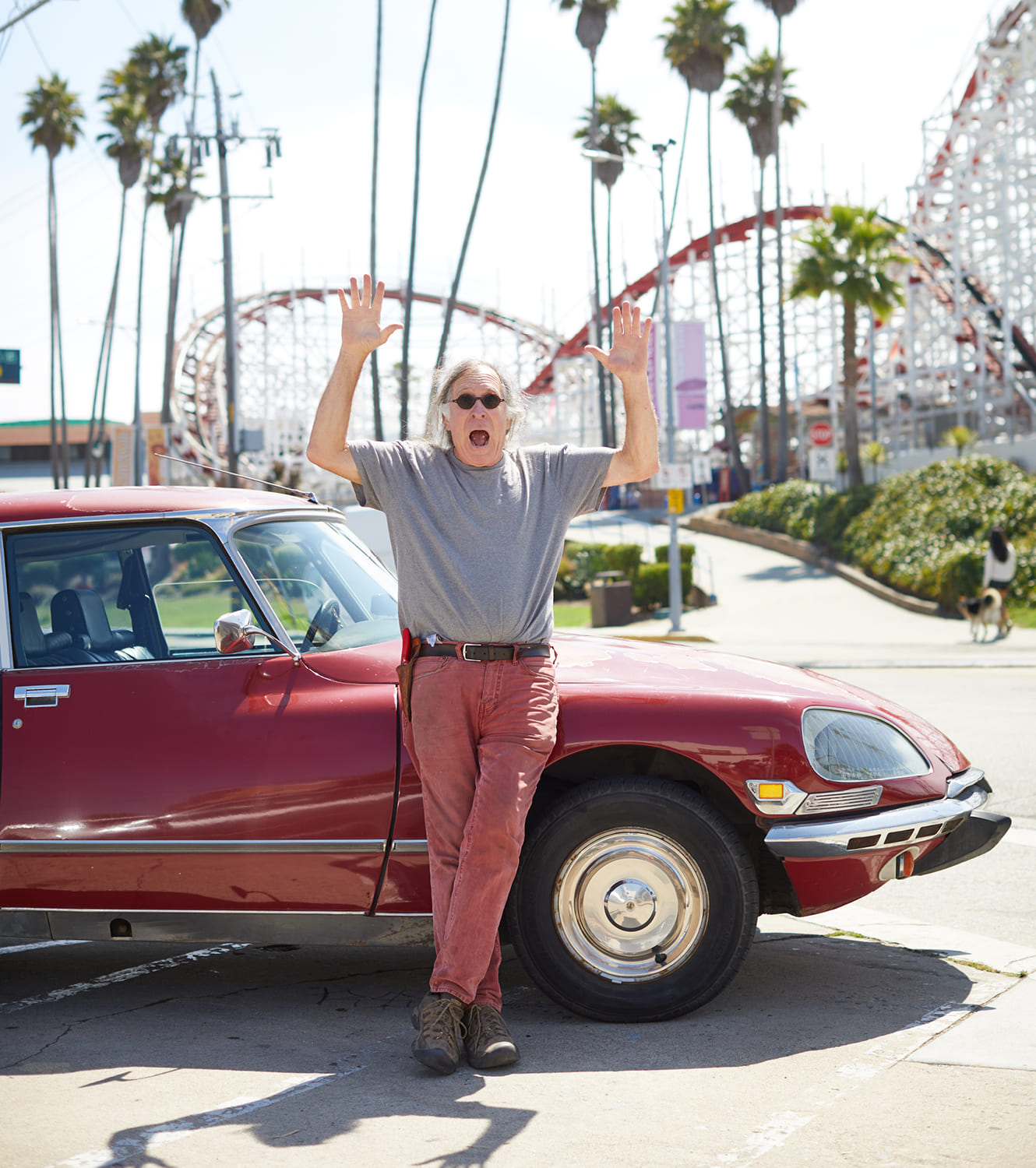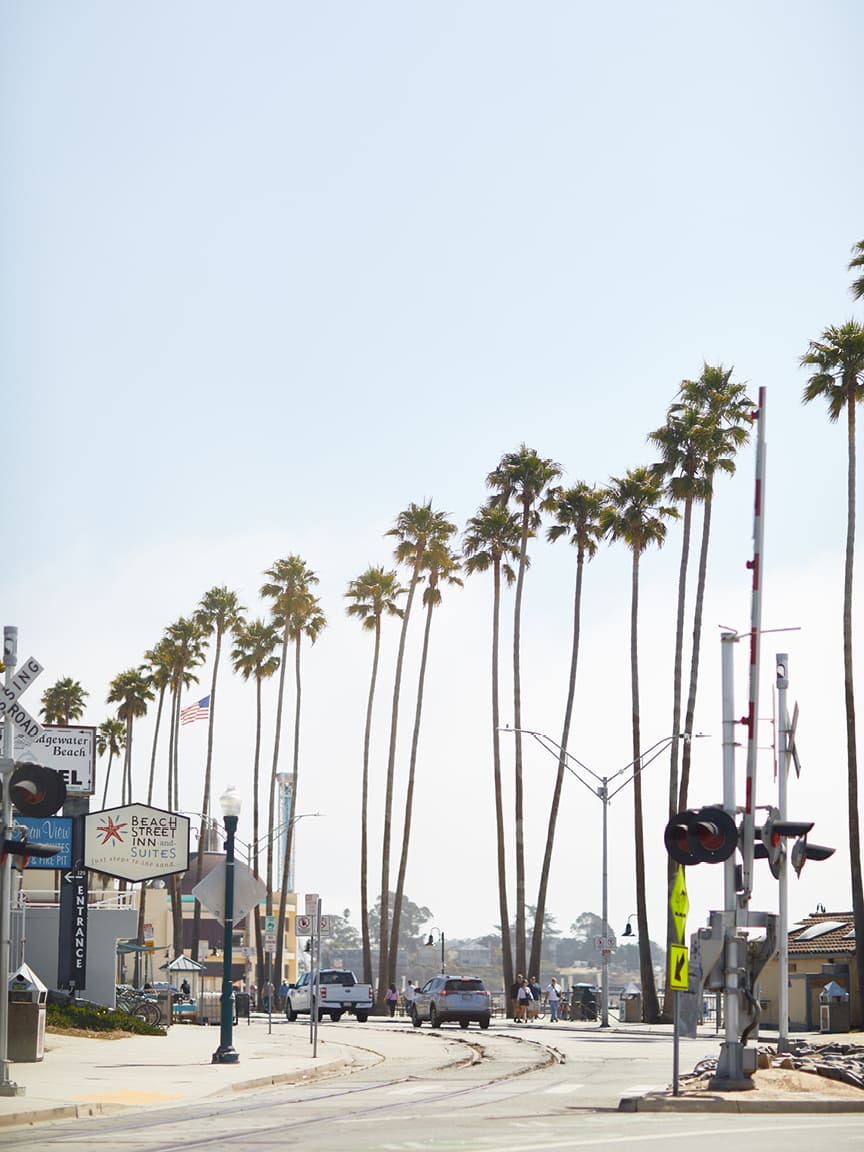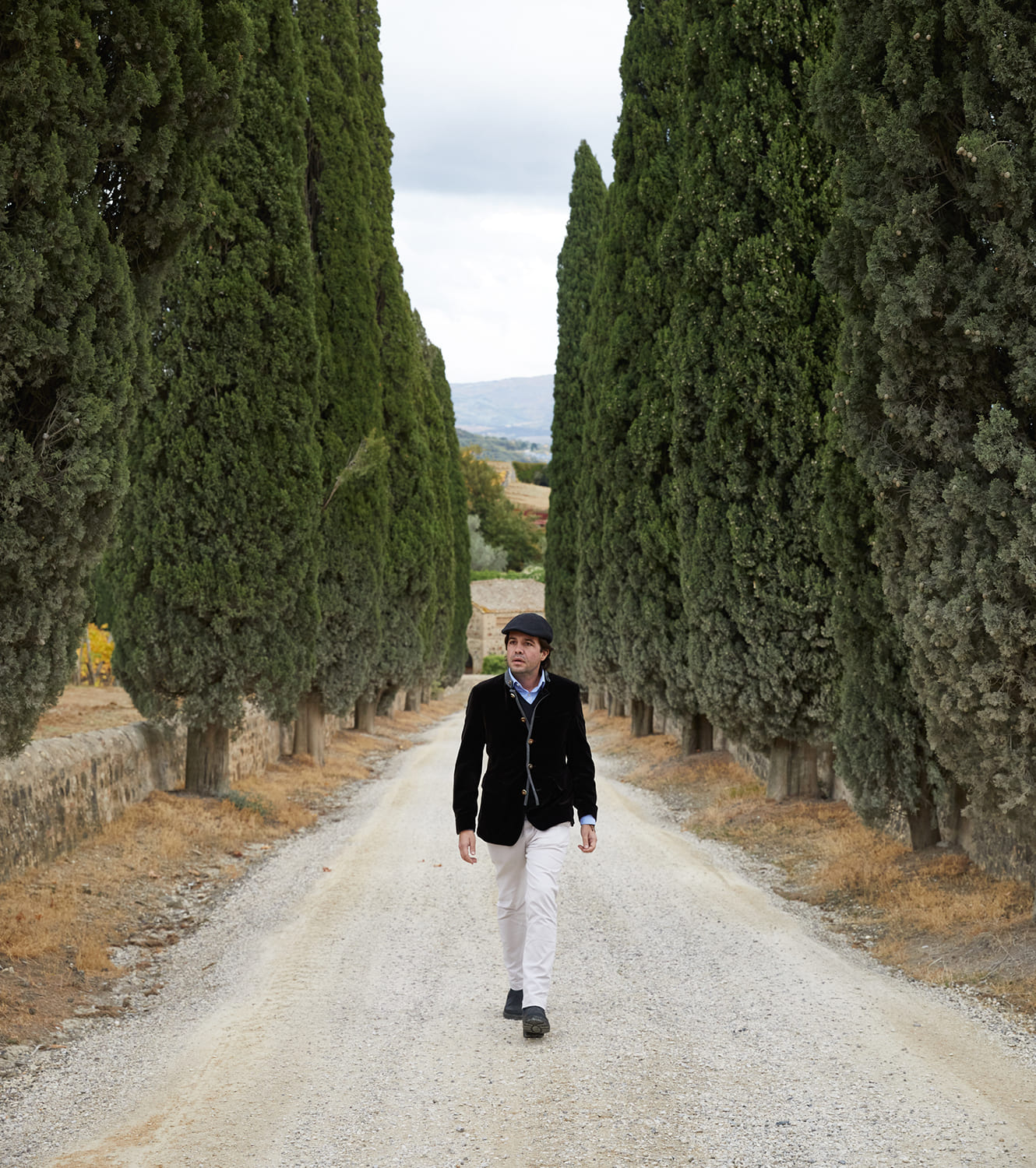
New radical: Interview with Randall Grahm
The pioneering vintner’s passionate belief in vin de terroir has guided his journey to craft wines of distinction and a clear expression of California’s Central Coast through The Language of Yes
Few winemakers have had quite the same impact on the Central Coast of California’s wine story as Randall Grahm. Having studied liberal arts at the University of California, Santa Cruz, a chance visit to a Beverly Hills fine wine store and a subsequent job led to a love affair with French wines, and in particular a fondness for Pinot Noir, so much so that the young vintner founded his Bonny Doon Vineyard 40 years ago to create the “Great American Pinot Noir.”
Alas, the project proved too difficult, but it led to a shift in focus to Rhône varieties – Syrah, Grenache and Roussanne, among others – grapes that are well suited to the Californian conditions. Randall has championed the grapes of the Rhône since the inaugural vintage of Le Cigare Volant in 1984, appearing on the cover of the Wine Spectator as “The Rhône Ranger.” More fame was to follow with many awards including, in 2010, making it into The Culinary Institute of America’s Vintner’s Hall of Fame.
That year he purchased Popelouchum, a 415-acre estate outside of San Juan Bautista, where he is setting out to create distinct wines of terroir. This is an ambitious and radical project that involves breeding new varieties and creating populations of self-crosses in a quest to develop a unique grape or set of genetically diverse grapes for this region of California. Randall sees Popelouchum as an experimental hub with an ultimate vision to be a place that encourages new approaches to viticulture and oenology.
Meanwhile, The Language of Yes began is an extension of the experimental work of Popelouchum. A collaboration between Randall and Joe C. Gallo, the founder of Maze Row, the project began in earnest in 2020 with the aim to be a vehicle for Randall's pioneering work. The Language of Yes is bringing an Old-World sensibility to this part of California, with gentler extractions, whole cluster fermentations and, when possible, no filtration, and a focus on Rhône varieties from cooler sites. Here, Randall is looking to find his own original voice, with learnings from the past but informed by the uniqueness of the vineyards and the fine climate of the Central Coast of California.
With The Language of Yes being the latest producer partner to join our portfolio, VOICES speaks with Randall Grahm to understand his philosophy and see his vision for the future.
"I don’t really want to rehash all the work I’ve done in the past. I’m looking for something new. This is what excites me"

How would you describe The Language of Yes?
It’s a re-examination of southern French grapes and their suitability in California. In other words, what are the possibilities of making wine in a unique and original style in California; a potentially exciting new approach to reconsider these grape varieties here.
How are you exploring these possibilities?
Through fermentation and observation, especially in the vineyard. We are doing some interesting clonal and varietal trials, looking at different ways to cultivate the land through a more progressive and sustainable approach to restore the vitality of the soils.
We’re making some new experimental wines, including a really compelling wine that is a Cinsault and Syrah blend which we air-dry for 30 days and 30 nights like an Amarone. We’re experimenting with a patch of Roussanne, as well as expanding the plantation doing some trials to identify the most suitable clones and grape combinations for the future.
Your farming philosophy involves as little intervention as possible in the vineyard. How does this impact the grapes?
Our vineyards in the Central Coast are climatically distinct: they are quite cool sites – as cool as possible for here – which allows a more articulate expression of the varieties. We’re also changing the irrigation strategy to encourage the vines to explore a broader soil volume.
Does this help in your mission to make wines that are intimately connected to the land?
Progressive farming methods, as well as more natural winemaking approaches, add breadth and dimensionality to the wines. The wines are less uniform. And it’s great if you can make a wine that expresses the soil’s characteristics, not just varietal characteristics. I don’t want to make wines that only have varietal expression, wines that are mono-dimensional. They may be pretty and attractive, but they lack depth, they lack soul. Soul comes from soil.
You say The Language of Yes is “a journey of discovery.” Is this philosophy central to your work?
I’ve been making wines for a long time, so I’m interested in seeing how and if I can take a different take on the wines. I don’t really want to rehash all the work I’ve done in the past. I’m looking for something new. This is what excites me.
How do you know when you reach this goal?
A winemaker can only control things so much; there is always that element of surprise. We point the grapes and nudge the wine to a certain direction, and then we allow it to take a life of its own, to express itself as it will. It’s a little like your kids: you may direct them but they’ll take a life of their own. Wine too is alive.
What’s on the horizon at your more experimental project, Popelouchum?
At the vineyard in San Benito County, we’re breeding 10,000 new grape varieties and engaging in the practice of creating complexity in wine through highly diverse populations in a vineyard, where each plant is genetically distinct from the other. Along with plantings of Pinot Noir, Grenache Blanc and Grenache Gris, we’re looking at the more uncommon varieties of Picolit, Ruché, Tibouren and Pignolo.
Popelouchum is sited on sacred Native American land. How does this impact your work, your philosophy, your respect and relation to this land?
That knowledge has given me an enhanced sense of responsibility to both treat the land respectfully and also to know that it possesses a unique character, which is up to me to learn and to translate to a wider public. Maybe it is a bit clichéd to say that the land possesses a certain powerful energy, but in this instance, the energy is absolutely palpable. There’s a wildness to the place and the land can’t be bent to one’s will; it has to be coaxed and respected.
You say you’d like Popelouchum to become a place that hosts “thinkers, leaders, contemporaries and wine enthusiasts,” and become an epicenter of a new wine community.
That was my original vision for Popelouchum. The vineyard work here is rather revolutionary; it is a very different vision for growing grapes and thinking about wine. Alas, for the moment, there is minimal infrastructure to host the groups that I’m envisioning to come, but I’m hopeful that will soon change.
You’ve been intimately involved with and witnessed the evolution of wine in California since the 1980s. How has the scene changed?
It’s like many other aspects of society here and elsewhere: you see the mainstream getting stronger, more uniform, more homogeneous. But this also opens the opportunity for a counterforce and diversity. Things are becoming more the same and more different at the same time. Conformity creates the impetus for reaction against uniformity.
What winemakers on the rebellious, countercultural front do you admire?
Steve Matthiasson and the late Californian winemaker Sean Thackrey, and the many, many young ones whom I’m yet to meet. There’s a lot of things that are fermenting; people are working with unusual grape varieties and it’s healthy.
Do you see wine as a way to engage with diverse communities, and open up wider discussions?
Wine and food, taken in the right context, open people’s minds and can act as a lubricant, both social and intellectual, to bring home important lessons – about the sacredness and uniqueness of place, for example, and the value of produce that has an identity of place.

With the focus at The Language of Yes firmly on producing small quantities, but with big ideas, the 2020 vintage released two reds, the Syrah (87 percent Syrah and 13 percent Viognier) and Grenache (100 percent Grenache), and the Pink Wine (65 percent Tibouren and 35 percent Cinsault)




PHOTOGRAPHY BY HELEN CATHCART
We recommend
BARBARA WIDMER IN CONVERSATION
Committed in her convictions about quality wine from healthy vineyards, Barbara Widmer, the owner and winemaker of the Tuscan winery Brancaia, tackles big environmental challenges one technique and one vine at a time
RATTI’s hero
His father Renato put Barolo on the map. Now Pietro Ratti is transforming the revered wine for new generations. Nargess Banks meets the vintner at his Piedmont vineyard
ARGIANO’S POSITIVE TWIST
Listening intently to the land, fastidious soil mapping and a scholarly approach to viticulture, has earned the oldest Montalcino winery’s Brunello, red wine of the year. Nargess Banks visits the Tuscan estate to learn more
SOMMELIERS ARE USING THEIR CRAFT TO OPEN OUR PALATES
Sommeliers and wine educators can open our eyes to new ways of experiencing wine through artistically curated programs that tap into the mind and soul. We speak to a diverse group doing just that




